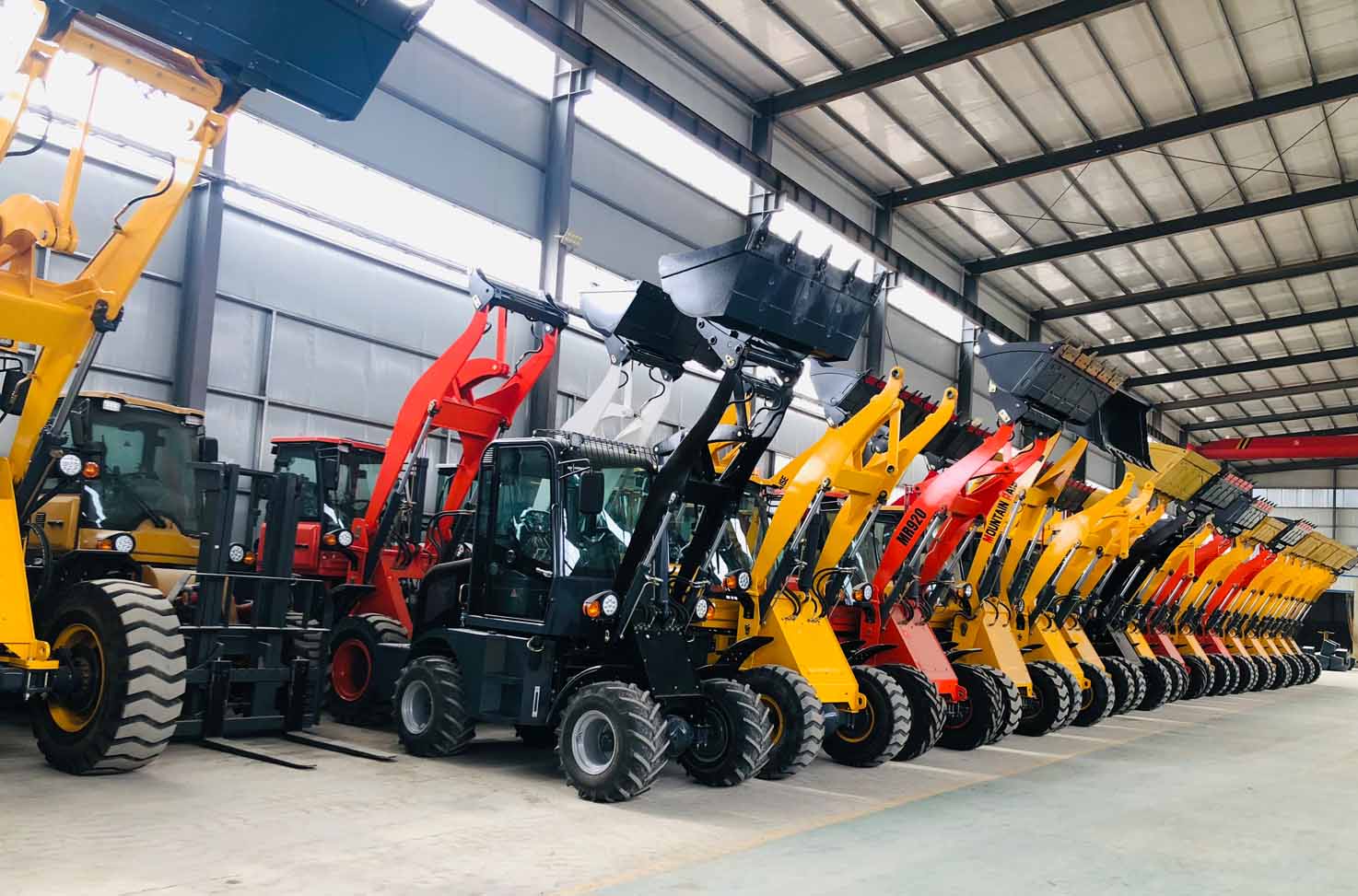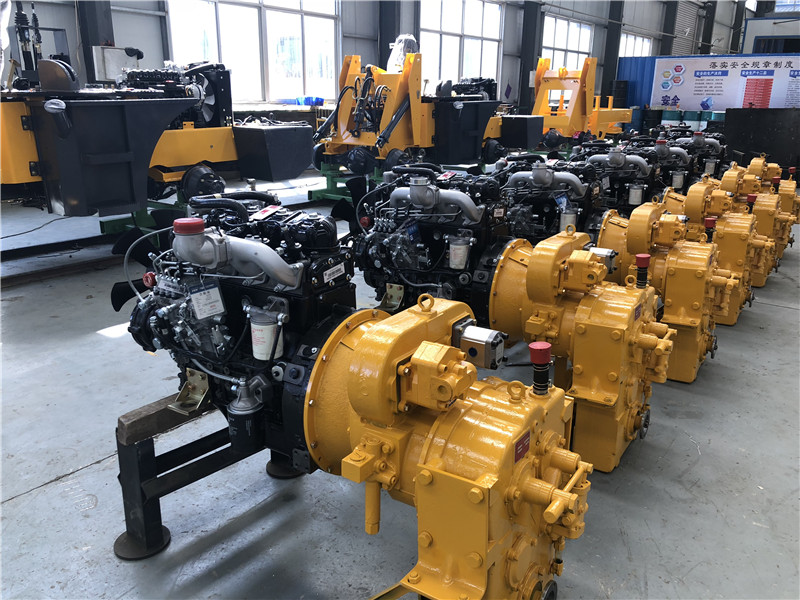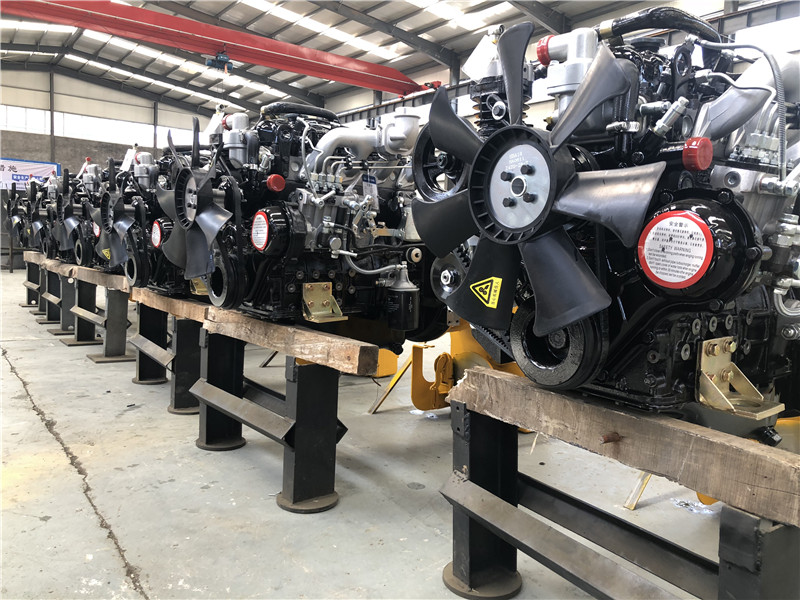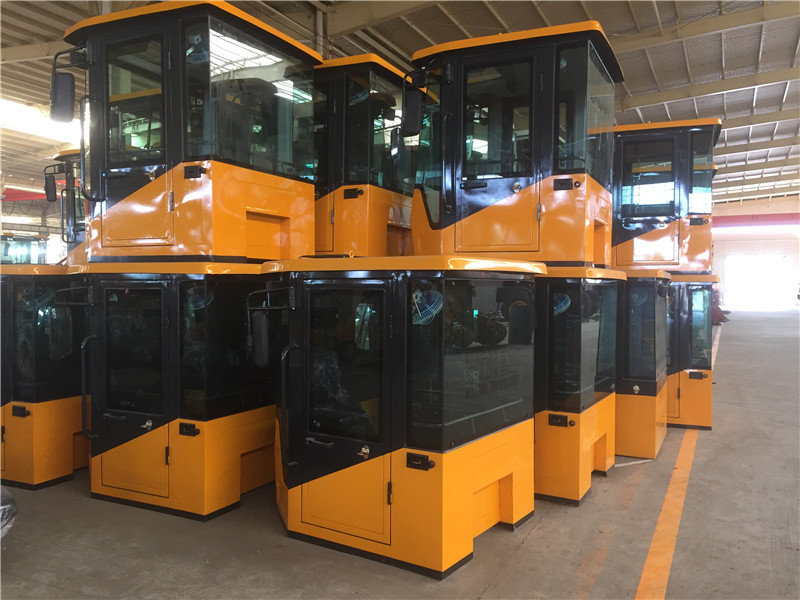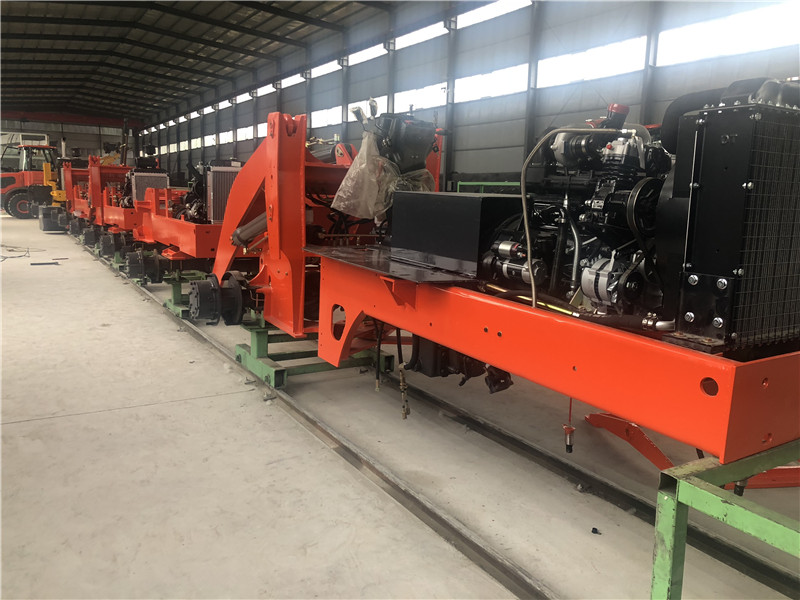First of all, let’s read a set of data:
In 1980, China’s exports to the rest of the world were only $18.2 billion. By 2009, China’s export share reached 9.6%, becoming the world’s largest exporter. In 2018, China’s export share increased to 12.8%.
While the total export volume is growing rapidly, the product structure of China’s exports is also changing. By 1990, more than half of China’s exports were resource- and labor-intensive. By 2018, the pattern of China’s export products had undergone major changes, with the proportion of manufactured exports reaching 93.2%. From labor-intensive products such as textiles and clothing, to an export structure dominated by high-value, high-tech exports such as machinery and transportation equipment, telecommunication equipment, electronic data processing and office equipment.
In 2007, China has become the largest high-tech exporter, surpassing all developed countries. And over the next 10 years, China’s exports of high-tech products nearly doubled to $654.2 billion. Over the same period, U.S. exports of high-tech products fell by a third. Japan and Germany are either stagnating or growing modestly.
Many economists around the world have analyzed from different aspects why China can become the world’s largest exporter in just 30 years. Here I will express my views from the perspective of an ordinary Chinese:
1. The correct foreign trade policy of the Chinese government:
1)Free trade policy. This policy enables the free import and export of goods and the free operation of trade in services, which means that the state does not intervene in trade activities more or less, and allows goods, services and related factors to compete fairly and freely in domestic and foreign markets.
2) Protective trade policy. This policy can protect domestic goods from foreign competition in the domestic market, and give preferential and subsidy to domestic export goods to encourage the export of goods.
The successful realization of these two foreign trade policies is based on the socialist market economic system. The state uses the advantages of the socialist system and the advantages of concentrating its forces to do major affairs, and regulates the market economy through economic, legal and administrative means. In layman’s terms, when a private enterprise grows to a certain scale, government personnel will join the company to supervise the development of the enterprise on the one hand, and provide more convenient government services on the other hand. The state’s economic regulation has prevented the “oligarchic economy” and the huge gap between the rich and the poor in the capitalist world.
The country’s macroeconomic adjustment has also made the country’s industrial chain more complete, and a perfect industrial chain is also one of the foundations for becoming a “world factory”.
2. The labor and wisdom of the Chinese people with five thousand years of history.
The unique inheritance of characters records countless crystallizations of wisdom, and the inheritance of this wisdom enables the Chinese people to have superior learning ability and innovation ability. In addition, the uninterrupted Chinese history makes the Chinese people more cohesive and has a strong sense of national pride and identity. This centripetal force makes us believe that all difficulties can be overcome because unity is strength.
Of course, the fast-growing economy also brings many hidden dangers, which will be discussed in the next article.
Post time: Sep-23-2022

